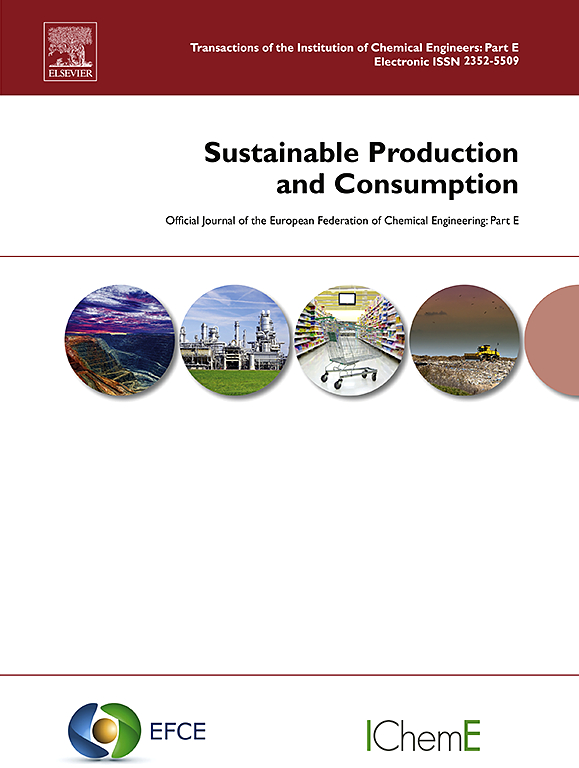Translating planetary boundaries into city systems: Ecosystem services as metrics for safe and just production-consumption space
IF 10.9
1区 环境科学与生态学
Q1 ENVIRONMENTAL STUDIES
引用次数: 0
Abstract
Accelerating urbanization has positioned cities as epicenters of water-energy-food (WEF) demand growth, yet their resource consumption patterns persistently exceed planetary boundaries. Resolving this dual challenge requires fundamentally rethinking cities' capacity to operate within ecological supply limits while ensuring basic human needs. We implement a city-scale adaptation of the doughnut framework, constructing a safe and just space (SJS) assessment model that quantifies ecosystem services (ESs) as linkages between WEF demands and ecological boundaries. Our analysis of 336 Chinese cities reveals spatial disparities: 91 % of cities in China can operate within their SJS for water provisioning, while only 25 % maintain current carbon emissions below ecological ceilings. Additionally, 28 % of cities simultaneously fulfill the SJS requirements for phosphorus purification. Regarding land use, 69 % can operate within the SJS, but most cities are approaching or already at verge of the biophysical boundary. In general, only 13 % of cities can adequately meet social demands within the boundaries of all four ESs. Random forest algorithm further identified social variables (e.g., population) and economic variables (e.g., industrial growth and gross regional domestic product) as dominant drivers of SJS performance. These findings underscore the imperative for adaptive governance that coordinates ES management through the SJS-ESs-WEF nexus, offering actionable pathways to align urban development with ecosystem stability and social justice imperatives.
将地球边界转化为城市系统:生态系统服务作为安全和公正的生产-消费空间的指标
城市化的加速使城市成为水-能源-粮食(WEF)需求增长的中心,但其资源消耗模式却持续超出地球的极限。解决这一双重挑战需要从根本上重新思考城市在生态供应限制内运行的能力,同时确保人类的基本需求。我们对甜甜圈框架进行了城市尺度的调整,构建了一个安全与公正空间(SJS)评估模型,该模型将生态系统服务(ESs)量化为世界经济论坛需求与生态边界之间的联系。我们对336个中国城市的分析揭示了空间差异:91%的中国城市可以在其可持续水供应系统内运行,而只有25%的城市将目前的碳排放维持在生态上限以下。此外,28%的城市同时满足SJS对磷净化的要求。在土地利用方面,69%的城市可以在SJS内运作,但大多数城市正在接近或已经处于生物物理边界的边缘。总的来说,只有13%的城市能够在所有四个ESs的边界内充分满足社会需求。随机森林算法进一步确定社会变量(如人口)和经济变量(如工业增长和区域国内生产总值)是SJS绩效的主要驱动因素。这些发现强调了适应性治理的必要性,即通过sjs - ss - wef的联系来协调ES管理,提供可行的途径,使城市发展与生态系统稳定和社会正义的要求保持一致。
本文章由计算机程序翻译,如有差异,请以英文原文为准。
求助全文
约1分钟内获得全文
求助全文
来源期刊

Sustainable Production and Consumption
Environmental Science-Environmental Engineering
CiteScore
17.40
自引率
7.40%
发文量
389
审稿时长
13 days
期刊介绍:
Sustainable production and consumption refers to the production and utilization of goods and services in a way that benefits society, is economically viable, and has minimal environmental impact throughout its entire lifespan. Our journal is dedicated to publishing top-notch interdisciplinary research and practical studies in this emerging field. We take a distinctive approach by examining the interplay between technology, consumption patterns, and policy to identify sustainable solutions for both production and consumption systems.
 求助内容:
求助内容: 应助结果提醒方式:
应助结果提醒方式:


